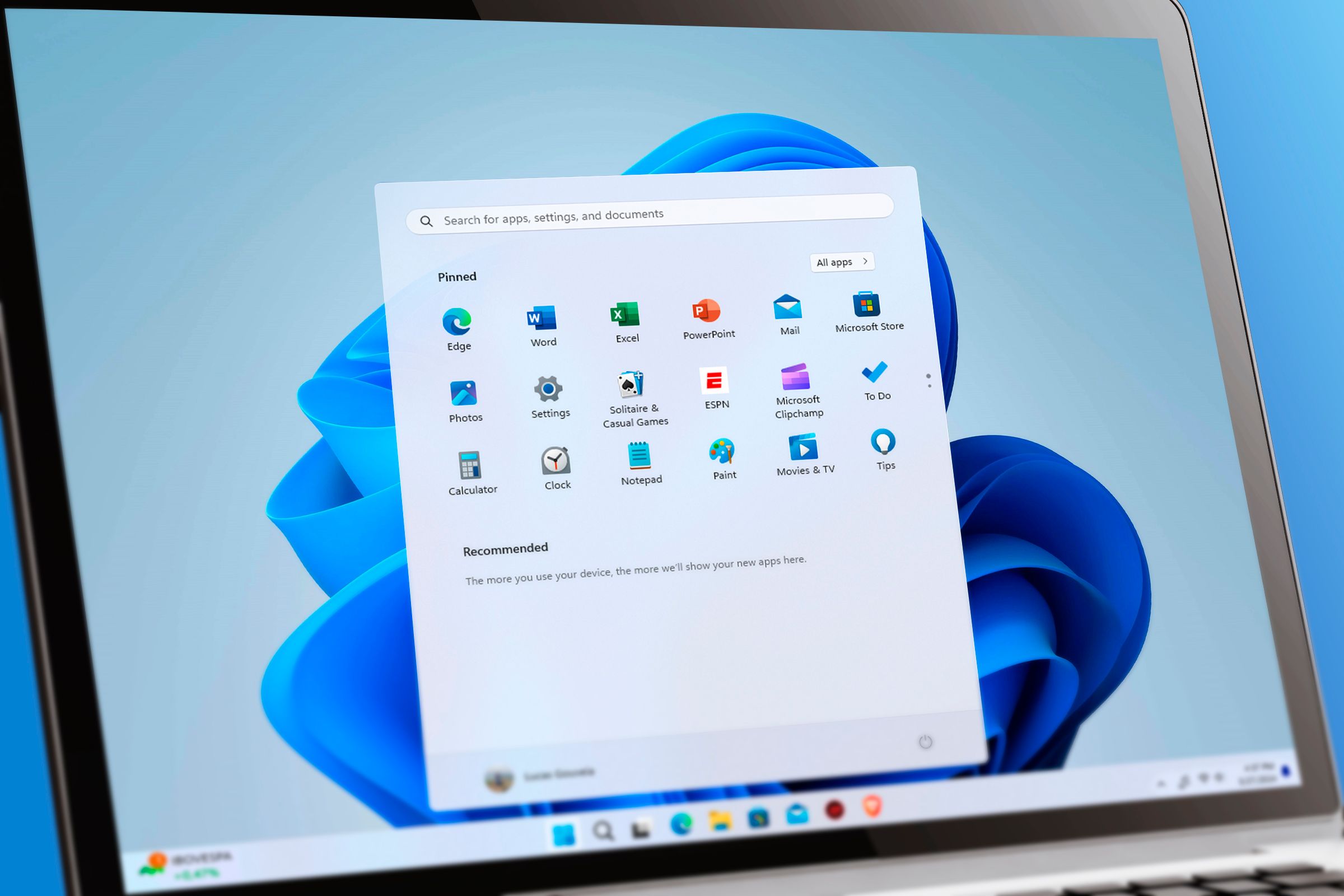Meta’s new architecture helps robots interact in environments they’ve never seen before – Computerworld

Meta is also releasing three new benchmarks to evaluate how well models can use video to reason about the physical world. These include IntPhys 2, which measures models’ ability to distinguish between physically plausible and implausible “physics breaking” scenarios, minimal Video Pairs (MVPBench), which tests models’ physical understanding abilities through multiple choice questions, and CausalVQA, which measures models’ ability to answer questions related to physical cause-and-effect.
Potential use cases in enterprise
Neo4J’s Chopra pointed out that current models rely on labeled data and “explicit visual features”. V-JEPA 2, on the other hand, focuses on inferring missing information in the latent space, “in essence capturing abstract relationships and learning from context rather than pixel-perfect details.”
This means it can reliably function in unpredictable environments where data is sparse, making it particularly well-suited for use cases including manufacturing automation, surveillance analytics, in-building logistics, or robotics, said Chopra. Other use cases could include autonomous equipment monitoring, predictive maintenance, and low-light inspections. Meta’s own data center operations could serve as an initial testing ground. And, over time, it could power more advanced scenarios such as autonomous vehicles performing self-diagnostics and initiating robotic repairs.
Source link











